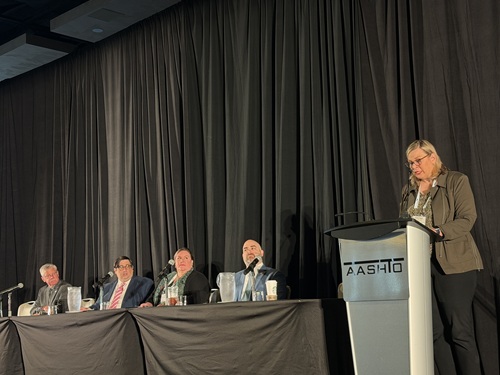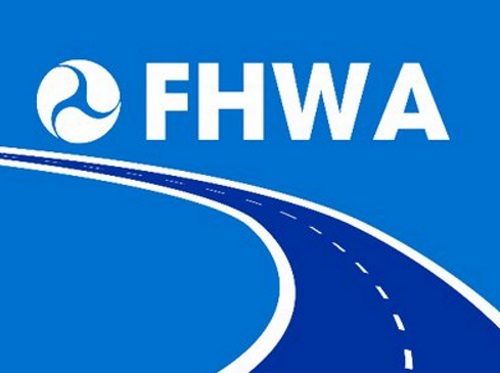The Federal Highway Administration recently issued $21.8 million in grants to 33 National Scenic Byways Program or NSBP projects, with 27 of those sponsored by state departments of transportation and five awarded to tribal applicants. The full list of grant awards can be found by clicking here.
[Above image by FHWA]
Established by the Intermodal Surface Transportation Efficiency Act of 1991, the NSBP funds improvements, such as byway facilities, safety improvements, and interpretive information, along roads in the United States that merit recognition at the national level for their outstanding scenic, historic, cultural, natural recreational and archeological qualities, FHWA noted.
The agency added that the 2021 Congressional appropriations package included $16 million for the NSBP – the first Congressional appropriations for the program since 2012 – while the 2022 appropriations package provided an additional $6 million for the program, noted FHWA.
The nearly $22 million offered in this round of NSBP funding came from the $1.2 trillion Infrastructure Investment and Jobs Act or IIJA enacted in November 2021.
“[We are] proud to award these grants that will help make travel safer, provide more enjoyable access, and support local businesses along scenic byways across the country,” said FHWA Administrator Shailen Bhatt in a statement.
“Scenic routes provide myriad ways to explore the United States [and] it’s no wonder the National Scenic Byways Program has received broad support from members of Congress, state and local officials, and the public,” he added,
State DOTs support many types of scenic byway projects.
For example, in July 2021, the Ohio Department of Transportation helped open the new 54-mile-long Quaker Heritage Scenic Byway that seeks to foster a “new awareness” of cultural and historical diversity in rural southwest Ohio with stops along the way telling the story of Quakers who migrated to the region from the late 18th to the late 20th centuries.
The agency explained that the Quaker Heritage Scenic Byway reveals “numerous layers” of local history such as Quaker interactions with Native American communities, agriculture and land use, abolitionism, and religious practices – all identified through historical research, digital mapping, and told through “interactive” narratives.
This latest round of NSBP grants covers everything from funding interactive displays to infrastructure repairs.
For instance, the Iowa Department of Transportation will receive approximately $714,000 to install 51 thematic kiosks at key entry points and high use areas 14 scenic byways statewide.
That grant will help to provide traveler-focused interpretation, maps, and information to welcome visitors, orient them along their route, and help them understand, appreciate, and experience the intrinsic qualities, resources, and attractions of each byway.
Meanwhile, the Rhode Island Department of Transportation is getting $750,000 in funding to repair a badly damaged sea wall, improve drainage, and replace sidewalk and curbing as part of the Hope Street Pedestrian and Resiliency Enhancements project at the Revolutionary Heritage National Scenic Byway.
 Top Stories
Top Stories
Collaboration Touted at AASHTO’s Third Safety Summit
October 31, 2025 Top Stories
Top Stories

